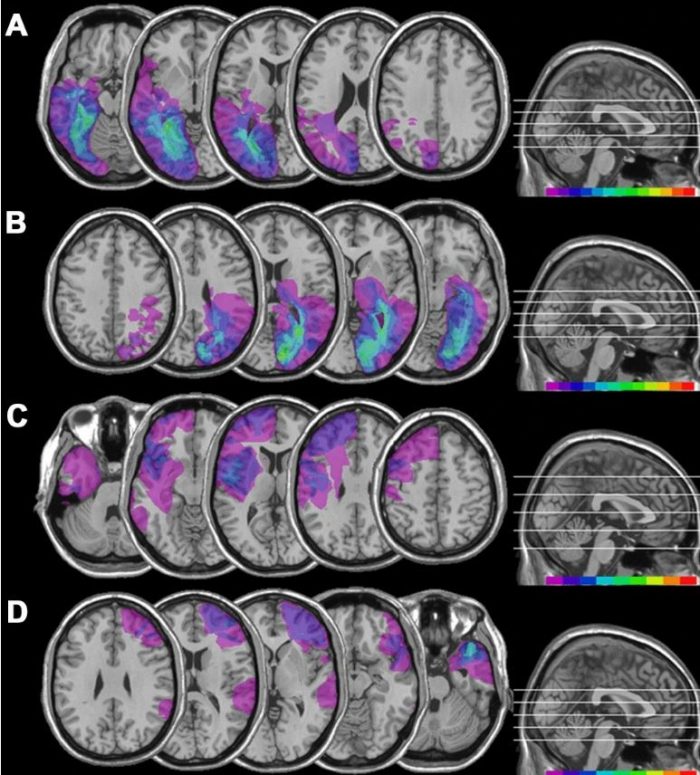20 de mayo 2022
Abstract:
Emerging evidence suggests a role of the posterior cortices in regulating alpha oscillatory activity and organizing low-level processing in non-alpha frequency bands. Therefore, posterior brain lesions, which damage the neural circuits of the visual system, might affect functional connectivity patterns of brain rhythms. To test this hypothesis, eyes-closed resting state EEG signal was acquired from patients with hemianopia with left and right posterior lesions, patients without hemianopia with more anterior lesions and healthy controls. Left-lesioned hemianopics showed reduced intrahemispheric connectivity in the range of upper alpha only in the lesioned hemisphere, whereas right-lesioned hemianopics exhibited reduced intrahemispheric alpha connectivity in both hemispheres. In terms of network topology, these impairments were characterized by reduced local functional segregation, with no associated change in global functional integration. This suggests a crucial role of posterior cortices in promoting functional connectivity in the range of alpha. Right-lesioned hemianopics revealed also additional impairments in the theta range, with increased connectivity in this frequency band, characterized by both increased local segregated activity and decreased global integration. This indicates that lesions to right posterior cortices lead to stronger impairments in alpha connectivity and induce additional alterations in local and global low-level processing, suggesting a specialization of the right hemisphere in generating alpha oscillations and in coordinating complex interplays with lower frequency bands. Importantly, hemianopic patient’s visual performance in the blind field was linked to alpha functional connectivity, corroborating the notion that alpha oscillatory patterns represent a biomarker of the integrity and the functioning of the underlying visual system.


